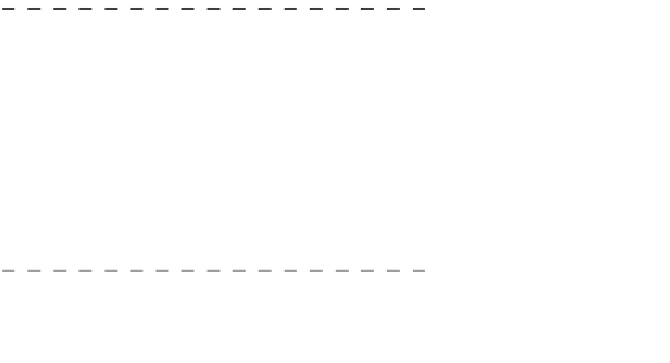Graphics Reference
In-Depth Information
In qn 12 we proved that a function that is differentiable at a point
is necessarily continuous at that point. We now have two examples (in
qns 19 and 21) which illustrate that the converse of this theorem is
false. In fact the independence of differentiability and continuity is
remarkable, for a function may be continuous at every point and
differentiable at no points, and such a function, constructed by Tagaki
in 1903, with some aspects illustrated by Spivak (page423) and
rediscovered by David Tall (1982), is examined in qn 12.46.
23 If a function
f
is differentiable at the point
a
, provethat
f
(
a
h
)
f
(
a
h
)
2
h
lim
f
(
a
).
Give an example to show that this limit may exist when
f
is not
differentiable at
a
.
When we have a formal definition, however well it seems to match
our intuition, it is important to press the meaning of that definition as
far as possible. We therefore ask a question which focuses on
differentiability at a single point, by considering functions which are, for
the most part, not continuous, and therefore not differentiable.
24 Thereal functions
f
,
g
and
h
are defined on R, such that
rational
irrational
0
1
when
x
is irrational,
when
x
is rational;
f
(
x
)

